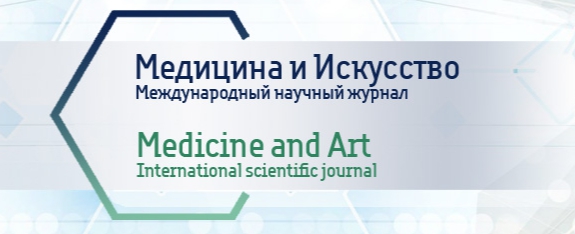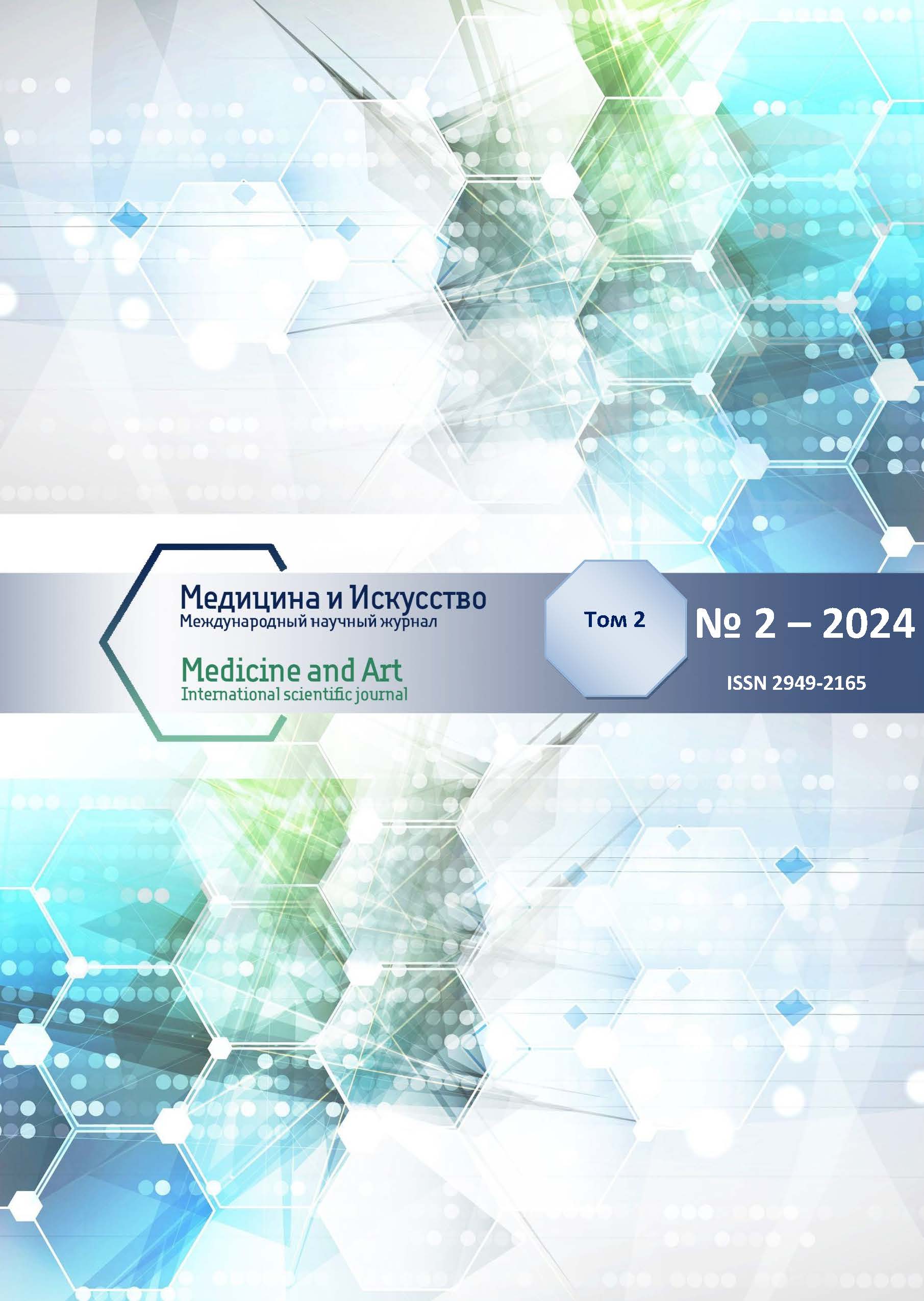United Kingdom
UDC 781.1
UDC 784
The therapeutic power of the human voice is well known, but the mechanisms by which vocal sound can promote healing have received little attention in the scientific and medical communities. In this article, UK acoustic-physics scientist, John Stuart Reid, begins by describing the sound bubble model of sound, as distinct from sound wave model, and discusses the significance of the little known physics fact that "sound gives birth to light”. Due to the inelastic atomic collisions that are a fundamental aspect of sound production, this phenomenon leads to the intriguing hypothesis that our songs will, in the fullness of time, reach the stars in the form of modulated infrared energy. The article proceeds to distill, in accessible language, deep insights into the biological therapeutic mechanisms that underpin vocalizations, including vocal sound's ability to mediate chronic inflammation by vagus nerve stimulation. The article ends with a reference to the work of Professor Sergey Petoukhov, and the thought that we are actually singing form of genetic music, music that brings healing to all life.
Sound Therapy, Music Medicine, Vibrational Medicine
1. Everest F.A. Master Handbook of Acoustics. 4 ed., McGraw-Hill. 2001:83,85.
2. Jones A.Z., Robbins D. String Theory for Dummies, and Daniel. Wiley Publishing Inc. 2017:21.
3. NASA Science Beta. Available at: https://science.nasa.gov/ems/11_xrays
4. Department of Physics, University of Illinois. Does light travel forever? Available at: https://van.physics.illinois.edu/qa/listing.php?id=21368
5. University of Birmingham (UK). Asteroseismology. Available at: https://www.birmingham.ac.uk/research/activity/physics/astronomy/solar-and-stellar/asteroseismology.aspx
6. World Scientific: Biophoton Emission. Available at: https://doi.org/10.1142/ S0217984994001266
7. Reguera G. When Microbial Conversations Get Physical. Trends in Microbiology. 2011; 19(3):105-113. DOI: https://doi.org/10.1016/j.tim.2010. 12.007
8. Available at: https://www.bksv.com/en/knowledge/blog/perspectives/why-do-cats-purr
9. Weitzberg E., Lundberg J.O. Humming Greatly Increases Nasal Nitric Oxide. American Journal of Respiratory and Critical Care Medicine. 2002; 166(2):144-5. DOI: https://doi.org/10.1164/rccm.200202-138BC
10. Goldman J., Goldman A. The Humming Effect. Available at: https://www.goodreads.com/book/show/32071037-the-humming-effect
11. Cockroft J. Exploring vascular benefits of endothelium-derived nitric oxide. Medicine, American Journal of Hypertension. 2005; (12 Pt 2):177S-183S. DOI: https://doi.org/10.1016/j.amjhyper.2005.09.001
12. Breit S. et al. Vagus Nerve as Modulator of the Brain-Gut Axis in Psychiatric and Inflammatory Disorders. Frontiers in Psychiatry. 2018; Vol. 9: Article 44. DOI: https://doi.org/10.3389/fpsyt.2018.00044
13. Pavlov A., Tracey J.T. The vagus nerve and the inflammatory reflex-linking immunity and metabolism. Nature Reviews Endocrinology, 2012; 8(12):743-754. DOI: https://doi.org/10.1038/nrendo.2012.189
14. Bonaz B. et al. Anti-inflammatory properties of the vagus nerve: potential therapeutic implications of vagus nerve stimulation. The Journal of Physiology. 2016; 594.20:5781-5790. DOI: https://doi.org/10.1113/JP271539
15. Cazden J. Stalking the calm buzz: how the polyvagal theory links stage presence, mammalian evolution, and the root of the vocal nerve. Voice and Speech Review. 2017; vol. 11(2):132-153. DOI: https://doi.org/10.1080/23268263.2017.1374082
16. Siegel D. Pocket Guide to Interpersonal Neurobiology: An Integrative Handbook of the Mind. New York, W.W. Norton & Co., 2012. 560 p.
17. Porges S.W. The Pocket Guide to the Polyvagal Theory. New York, W.W. Norton & Co., 2017. 288 p.
18. Vickhoff B. et al. Music structure determines heart rate variability of singers. Frontiers in Psychology. 2013; Vol. 4: Article 334. DOI: https://doi.org/10.3389/fpsyg.2013.00334
19. Hu Z., Petoukhov S.V., Petukhova E.S. I-Ching, dyadic groups of binary numbers and the geno-logic coding in living bodies. Progress in Biophysics and Molecular Biology. 2017; Vol. 131:354-368. DOI: https://doi.org/10.1016/j.pbiomolbio.2017.08.018










